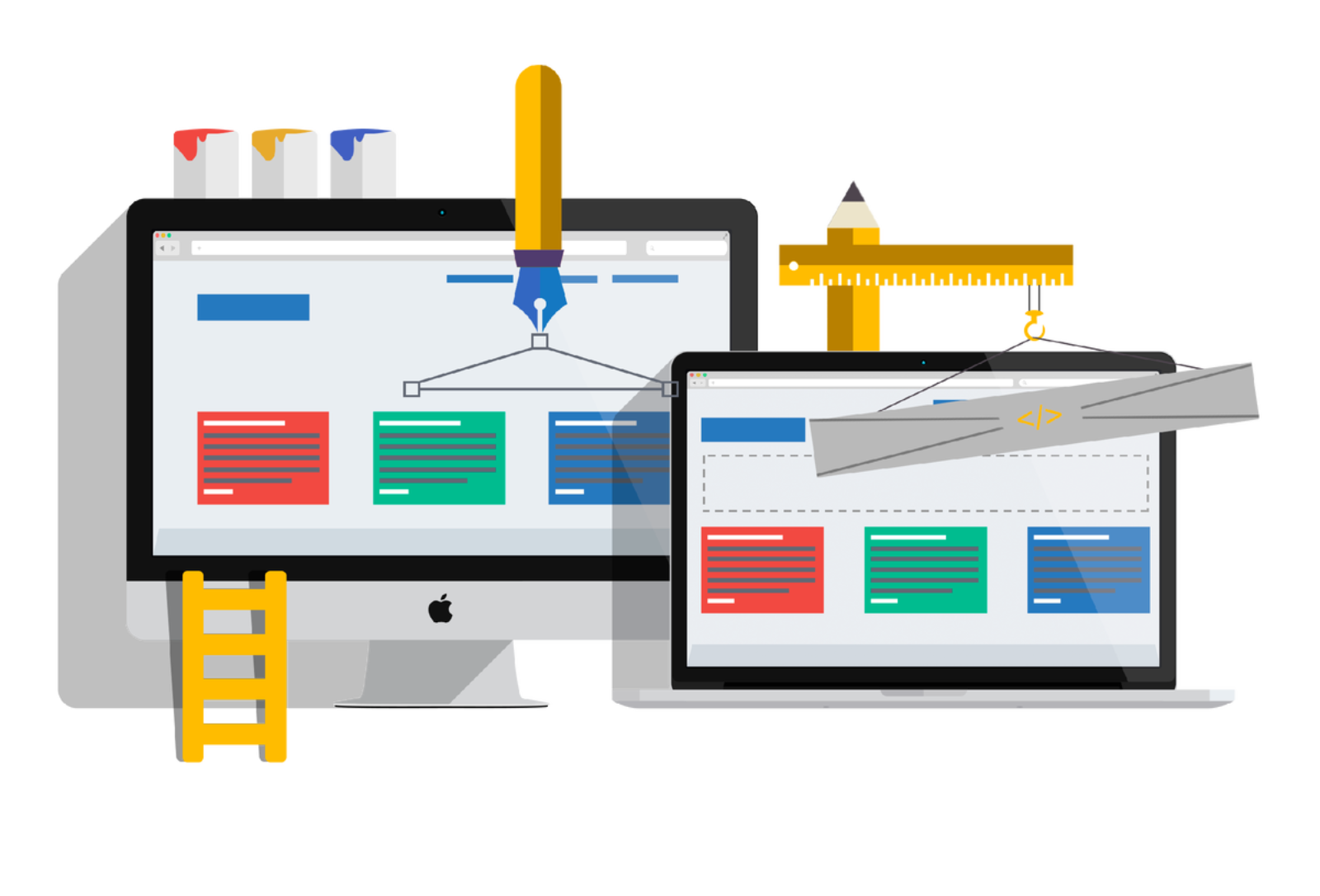Website Design Patterns Effectively: A Comprehensive Guide
IntroductionIn the dynamic realm of web development, website design patterns have emerged as invaluable tools for crafting intuitive and user-friendly interfaces. These established solutions to common design challenges provide a structured approach to website development,...




